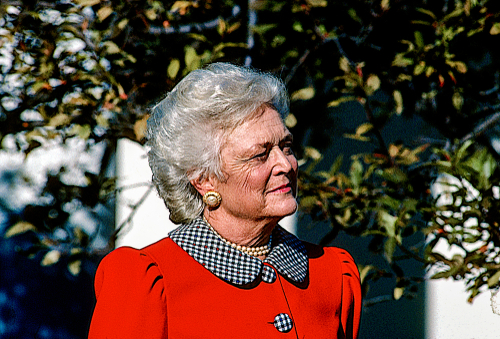
What’s the Difference Between Hospice and Palliative Care?
For people with advanced, terminal disease the difference between hospice and palliative care can be much more than an academic distinction. Understanding this difference can affect whether families access the most appropriate services and whether they get the most out of their Medicare or insurance benefits.
All hospice provides palliative care, but not all palliative care is hospice. Hospice is a philosophy of care but also a program with defined benefits crafted to be the most useful for people in the advanced stages of a terminal disease. Each state licenses agencies to provide hospice. Palliative care is specialized medical care focused on the relief of symptoms and stress caused by serious illness. Any licensed healthcare professional can provide his or her version of palliative care.
What is Palliative Care?
The Center to Advance Palliative Care defines palliative care this way: “Palliative care is specialized medical care for people with serious illness. It focuses on providing relief from the symptoms and stress of serious illness (whatever the diagnosis). The goal is to improve quality of life for both the patient and the family.”1 The types of providers providing palliative care include home health agencies, family practitioners, specialist doctors, and more. Since so many people conflate palliative care with hospice, many doctors provide palliative care without even realizing it.2 Some doctors and healthcare professionals specialize in palliative care.
What is Hospice?
The Hospice Philosophy: People often refer to hospice as a philosophy of care, but it has also become a model for care delivery. The philosophy is that people in their last months, weeks, and days of life should be able to live with dignity, in comfort, and with their wishes being respected. This philosophy contrasts the practice of pursuing heroic, curative measures, against a patient’s wishes and against all odds, even when those measures are more likely to harm the patient than cure the patient. Decades of promoting the hospice philosophy has resulted in a healthcare landscape where patients are often asked if they would prefer to die at home or in the hospital and where patients and families receive more consultation about their wishes as part of care planning. Resultantly, aggressive care at the end of life is on the decline. It’s up to the patient, not just the doctor.
The Hospice Model: The model of care delivery is just as important as the philosophy. Medicare pays for most hospice care in the U.S., so Medicare’s definition of hospice stands as the reigning program description. Most patients receive hospice at home, but facilities also provide hospice. Hospice involves nursing, therapy, and physician services specialized in emotional support and symptom control related to advanced, terminal diseases. Hospice also involves personal care providing support in daily activities such as cleaning, meal prep, washing, etc. The service includes care planning and care coordination to help families with issues such as do-not-resuscitate orders, do-not intubate orders, living wills, power of attorney, and other issues. However, hospice does not require any of these documents. Medicare also requires hospice to provide six months of bereavement support – emotional support for the loved ones if a patient dies.
For End-of-Life Care: Medicare intends for hospice to be for people in their last six months of life. This means the person is expected to have six months or less to live, regardless of all available medical treatments. For this reason, Medicare requires that all treatments be for symptom control, not for curing the disease, while a person receives hospice. However, science cannot yet predict the course of a disease perfectly. Nearly one in five people enter hospice for the improved services and “graduate” alive after their period of recuperation.3
Is it a Real Hospice?: When patients qualify, Medicare pays 100% for nursing, therapy and most other services from qualified providers. Medicare also pays 100% of allowable charges for supplies, medication, and equipment related to the hospice diagnosis. Many providers state that they provide hospice when they are actually not licensed for hospice care because they conflate palliative care with hospice. A tell-tale sign that your provider is not a real hospice is the bill and services list. If Medicare is not paying 100% for professional services, supplies, and equipment, the service is likely not a real hospice. If there is no bereavement care program, the service is likely providing some form of palliative care, but not real hospice.
Which is Better, Hospice or Palliative Care?
One is not better than the other. Each one has times when it is more appropriate for a given patient. If a person likely has six months or less to live, regardless of all available medical treatment, the robust program benefits of hospice tend to be preferable. If a person is pursuing a cure or has more than six months to live, palliative care from home health and a qualified prescriber would be the better alternative.
References:
- Lupu D, Force PM. Estimate of current hospice and palliative medicine physician workforce shortage. Journal of Pain and Symptom Management. 2010 Dec 31;40(6):899-911.
- Buss MK, Rock LK, McCarthy EP. Understanding Palliative Care and Hospice: A Review for Primary Care Providers. Mayo Clinic Proceedings. 2017 Feb 28; (Vol. 92, No. 2, pp. 280-286). Elsevier.
- Buss MK, Rock LK, McCarthy EP. Understanding Palliative Care and Hospice: A Review for Primary Care Providers. Mayo Clinic Proceedings. 2017 Feb 28; (Vol. 92, No. 2, pp. 280-286).





